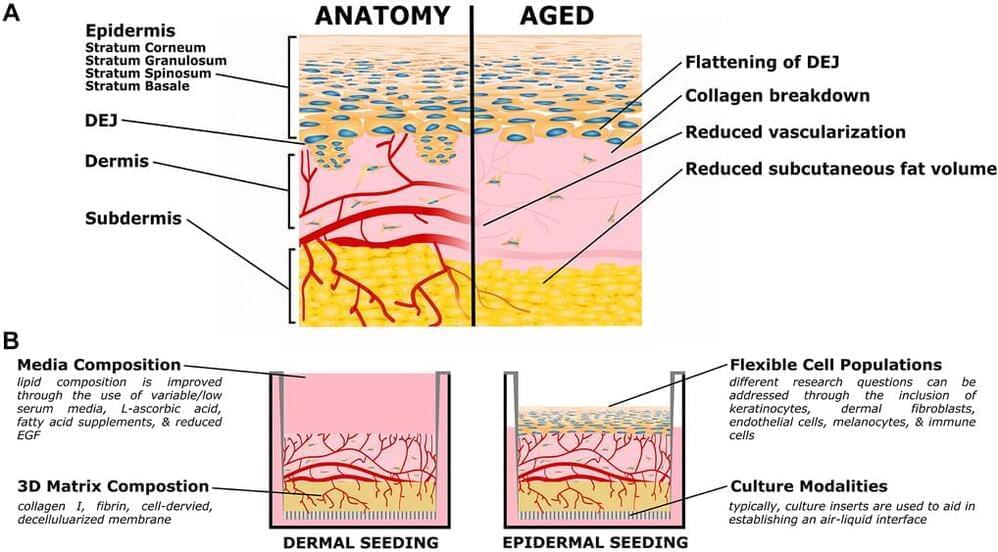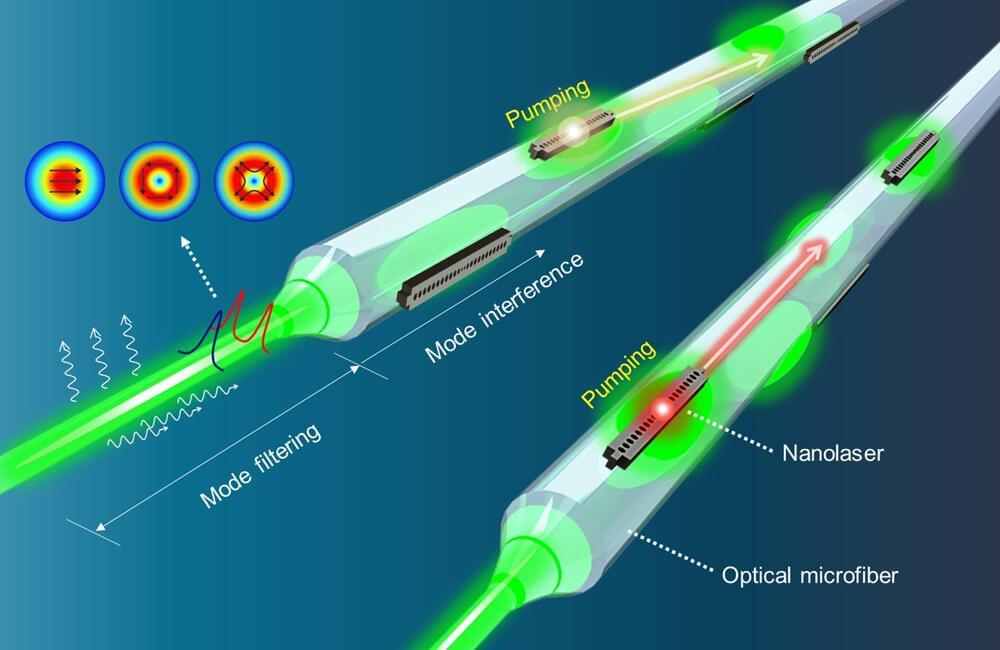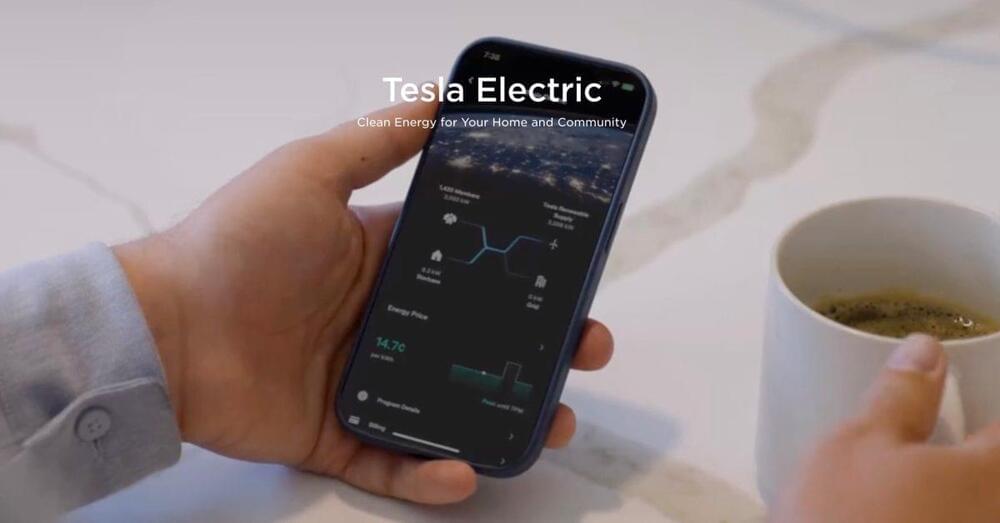An increase in genetic regulatory elements explains how modern humans evolved a bigger brain size than other hominins.
Aging remains a primary risk factor for a host of diseases, including leading causes of death. Aging and associated diseases are inherently multifactorial, with numerous contributing factors and phenotypes at the molecular, cellular, tissue, and organismal scales. Despite the complexity of aging phenomena, models currently used in aging research possess limitations. Frequently used in vivo models often have important physiological differences, age at different rates, or are genetically engineered to match late disease phenotypes rather than early causes. Conversely, routinely used in vitro models lack the complex tissue-scale and systemic cues that are disrupted in aging.
Uber and Cartken have announced a partnership to introduce Miami to a fleet of tiny autonomous delivery vehicles.
Colombian renewable energy startup E-Dina developed a wireless lantern, called WaterLight, that converts salt water into electricity and is more reliable than solar-powered lamps, a Dezeen article explains. And it can also be charged by urine in emergency situations.
The portable device acts as a mini generator that produces light using ionization — by filling it with 500 milliliters of seawater, the salt in the water reacts with magnesium and copper plates inside the device, converting it into electrical energy.
After announcing that it had implanted its brain-computer interface in its first U.S. | After announcing that it had implanted its brain-computer interface in its first U.S. paralysis patient earlier this year, Synchron has raised $75 million to take its mind-reading tech to the next level.
A study found that a low carb, high fat diet can help people with type 2 diabetes lose weight and control glucose levels better than a high carb, low fat diet.
An outbreak of potentially deadly bacteria in at least four states has federal officials on alert. They said parents should be on the lookout for its symptoms, which include flesh-eating disease and toxic shock.
Researchers have developed a new all-optical method for driving multiple highly dense nanolaser arrays. The approach could enable chip-based optical communication links that process and move data faster than today’s electronic-based devices.
“The development of optical interconnects equipped with high-density nanolasers would improve information processing in the data centers that move information across the internet,” said research team leader Myung-Ki Kim from Korea University.
“This could allow streaming of ultra-high-definition movies, enable larger-scale interactive online encounters and games, accelerate the expansion of the Internet of Things and provide the fast connectivity needed for big data analytics.”
The Orion spacecraft will host a trio of astronaut-like payloads that will help NASA learn how best to protect real astronauts during future crewed Artemis missions to the Moon.
Tesla has launched “Tesla Electric” to become an electricity retailer through its Powerwall owners – starting with some markets in Texas.
After gaining experience through its virtual power plants (VPPs), Tesla is taking things a step further with the launch of “Tesla Electric.”
Instead of reacting to specific “events” and providing services to your local electric utilities, like Tesla Powerwall owners have done in VPPs in California, Tesla Electric is actively and automatically buying and selling electricity for Tesla Powerwall owners – providing a buffer against peak prices.









